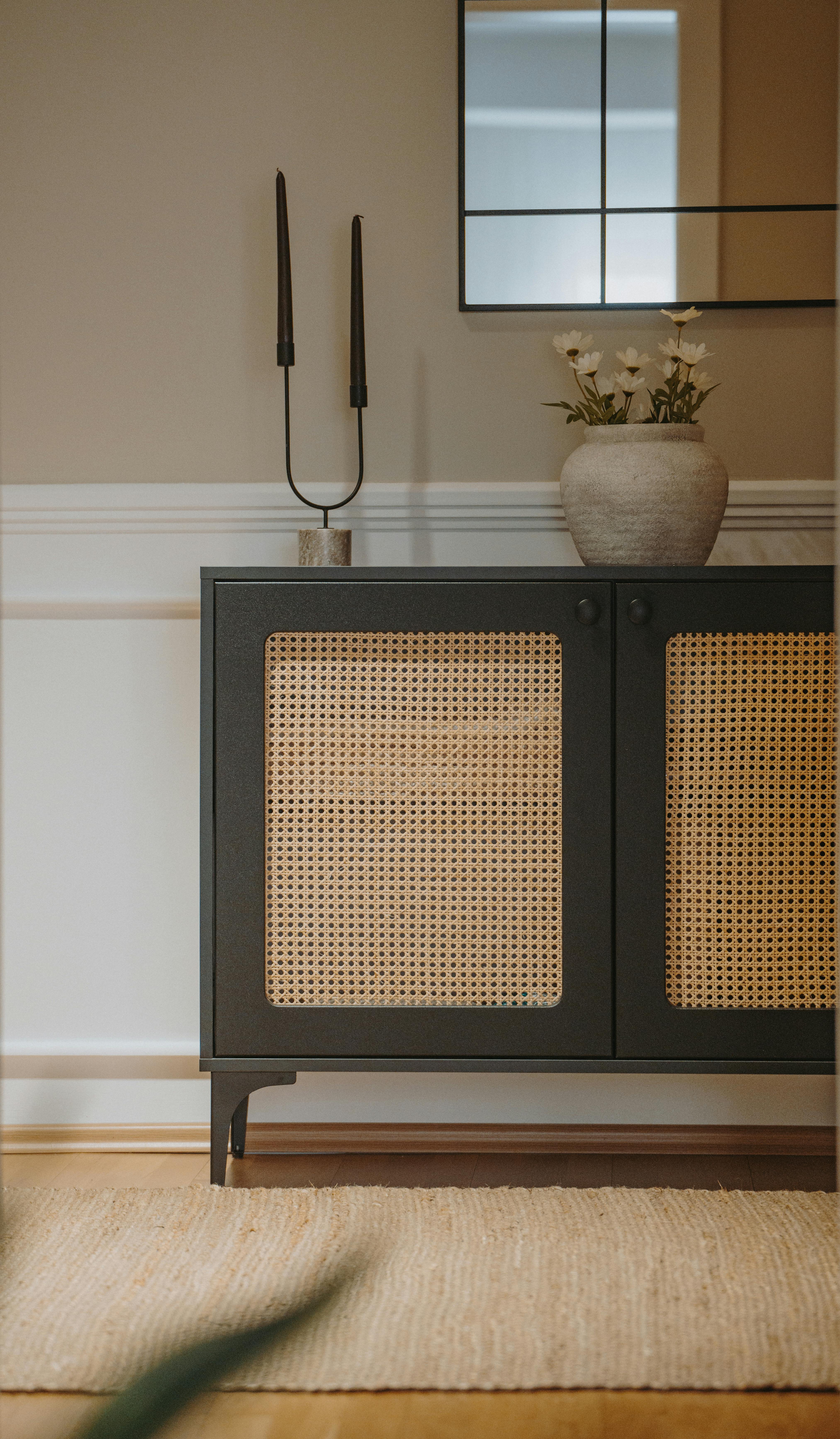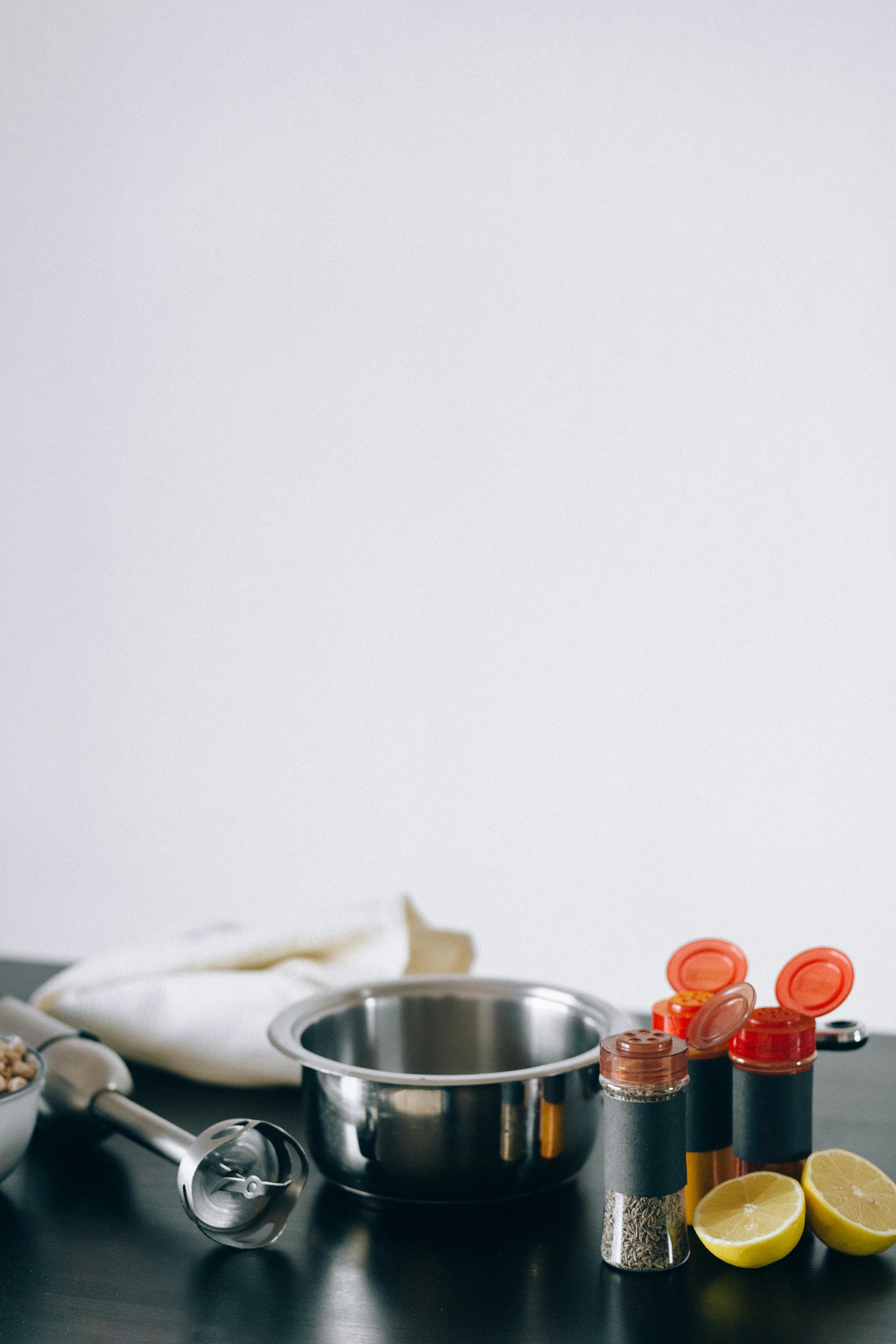
Effective Ways to Cut Up a Chicken for Optimal Cooking
Learning how to cut up a chicken is an essential skill that enhances your culinary repertoire. Many home cooks shy away from this task, thinking it’s complicated or intimidating, but with proper techniques and practice, anyone can master the art of chicken cutting. Cutting a whole chicken allows for a more economical cooking option, gives you control over the size of your pieces, and opens up a world of recipe possibilities. This article provides an in-depth guide on chicken cutting techniques, ensuring your meals are not only delicious but also presented well.
Understanding the anatomy of a chicken and knowing the proper way to cut a chicken will help in separating the chicken parts accurately. We will cover everything from essential chicken preparation methods to efficient cutting techniques for poultry. By the end of this guide, you’ll be equipped with the knowledge needed to handle raw chicken safely and create various delectable dishes from your freshly cut pieces.
Let’s dive right into the best practices for butchering a chicken, starting with the essential tools you’ll need.
Essential Tools for Chicken Cutting
Before you start cutting up a chicken, it’s crucial to equip yourself with the right tools. Having the right kitchen knives and equipment is essential for safety and efficiency in chicken preparation methods.
The Best Knives for Cutting Chicken
When it comes to cutting chicken, having a good set of knives can make all the difference. A sharp chef's knife is fundamental for general cutting and chopping, while a boning knife can assist with deboning chicken more easily.
Consider investing in a sturdy carving knife as well, especially if you plan on slicing cooked chicken or large portions. Additionally, a pair of kitchen scissors can be handy for cutting through joints and removing skin. Proper knife skills are vital—make sure your knives are well-maintained and sharpened for the best performance.
Chicken Cutting Board
A dedicated cutting board for chicken is a must to prevent cross-contamination with other foods. Choose a large, sturdy board that allows ample space for maneuvering your chicken pieces while cutting. Ideally, use a plastic or composite board which can be easily sanitized.
Utilizing the right tools not only enhances the overall efficiency but also ensures safety while handling chicken.
Safety Tips for Handling Raw Chicken
Handling chicken requires strict hygiene practices. Always wash your hands with soap and water before and after touching raw chicken to prevent the spread of bacteria. Use separate cutting boards for your vegetables and chicken, and sanitize your knives and surfaces afterward. This helps in maintaining safe food handling practices.
With the right tools and safety guidelines established, let's move into how to cut up a chicken.
Step-by-Step Instructions on Cutting Up a Chicken
Now, let’s explore the actual process of cutting chicken into pieces. This section will guide you through each step of the chicken cutting method, ensuring you achieve perfect results every time.
Preparing the Chicken for Cutting
Start by placing the whole chicken breast-side up on your cutting board. Make sure the chicken is completely thawed if it was previously frozen. Remove any giblets from the cavity if they are present. Pat the chicken dry with paper towels to provide a better grip and reduce slipping during cutting.
Separating the Chicken Wings
To begin, hold the wing and gently pull it away from the body to expose the joint. Cut through the skin and then through the joint itself to detach the wing. Repeat this process for both wings. This step can provide great pieces for frying or grilling.
Thigh and Drumstick Separation
Next, focus on the thighs. Again, pull the thigh away from the chicken body to reveal the joint. Use your knife to slice through the skin and joint until the thigh is free. You can choose to separate the drumstick from the thigh by finding the joint in between. Cut through this joint for two distinct pieces: the thigh and the drumstick.
Cutting the Chicken Breast
Now, let’s move to the breast. Start by cutting along the breastbone, allowing your knife to glide down each side. Once you reach the ribs, gently work the knife around to detach the breast from the carcass. You can leave the breast whole or cut it into fillets for meal prepping and easier cooking options.
Deboning Techniques for Chicken
If you're interested in deboning your chicken, start at the top of the thigh, holding the leg with one hand and cutting along the bone with the other. This will involve some small, careful cuts to ensure you don’t lose any meat while detaching from the bone. Deboned pieces are excellent for stir-fried dishes or when preparing for casserole recipes.
Understanding Chicken Parts: Cooking Techniques
With your chicken now in various pieces, it’s important to understand how each part can be best utilized in your cooking methods.
Cooking Chicken Parts Effectively
Each section of the chicken has unique cooking characteristics. Breast meat is best suited for grilling or sautéing due to its quick cooking time, while thighs and drumsticks are ideal for slow cooking, allowing the flavors to develop through braising or roasting.
Preparing Chicken for Frying and Grilling
When it comes to frying, ensure that chicken pieces are cut to a consistent size. A common mistake is cutting uneven pieces which can lead to varying cooking times. Marinating your chicken before frying not only enhances flavor but can also keep the meat juicy. For grilling, opt for boneless pieces such as breasts or thigh fillets and ensure they're at room temperature before cooking for a more even sear.
Using Chicken for Soups and Stews
For soups and stews, including bony parts such as wings and backs enriches your broth with flavorful gelatin. This adds depth and richness to your dish. Place your cut-up chicken in a pot with vegetables, water, and seasonings. Let it simmer, allowing the flavors to meld together beautifully.
Common Chicken Cutting Mistakes to Avoid
Many beginners may make a few common errors while cutting chicken. Recognizing these mistakes can simplify your experience significantly.
Cutting Against the Grain
A common mistake is slicing chicken against the grain. It’s essential to identify the grain and cut perpendicular to it to ensure the most tender pieces of chicken. This small tip can dramatically influence the texture of your cooked chicken.
Failing to Trim Excess Fat
Oftentimes, chicken comes with excess fat, particularly in the thigh area. Failing to trim away this fat not only alters the final appearance of your dish but can also impact the flavor and texture. Take care to remove any large fat deposits where necessary before you begin cutting.
Simple Chicken Prep Tips for Beginners
To assist novices in mastering chicken cutting skills, here are some simple preparation tips:
Practice Knife Skills Regularly
The more you practice your knife skills, the more confident and efficient you will become. Start with simpler tasks and gradually move onto more complex cuts.
Watch Instructional Videos
Sometimes seeing the chicken cutting process in action can provide valuable insights that written instructions cannot convey. Search for online tutorials or video guides to enhance your understanding of the cuts.
Engage in Culinary Classes
Consider enrolling in a local cooking class to improve your chicken preparation techniques. Hands-on classes can provide personal guidance, making the learning experience more effective and enjoyable.
Q&A Section: Chicken Cutting and Preparation
Q: What is the best way to cut chicken for frying?
A: For frying, ensure your chicken is cut into even pieces, ideally smaller sections to allow for a quicker cooking time. Marinating the pieces beforehand can also enhance flavor and tenderness.
Q: Can I use regular kitchen scissors for cutting chicken?
A: Yes, kitchen scissors can be a useful tool for cutting through joints and removing skin. They can provide more control in tight areas where a knife might be cumbersome.
Q: How do I safely store leftover chicken parts?
A: Refrigerate leftover chicken in an airtight container within two hours of cooking. Ensure it is stored properly to maintain safety and reduce spoilage.
With these effective chicken cutting methods, safety tips, and culinary techniques, you now have the foundation to prepare and cook chicken in a variety of ways. Happy cooking!
 example.com/image2.png
example.com/image2.png
 example.com/image3.png
example.com/image3.png